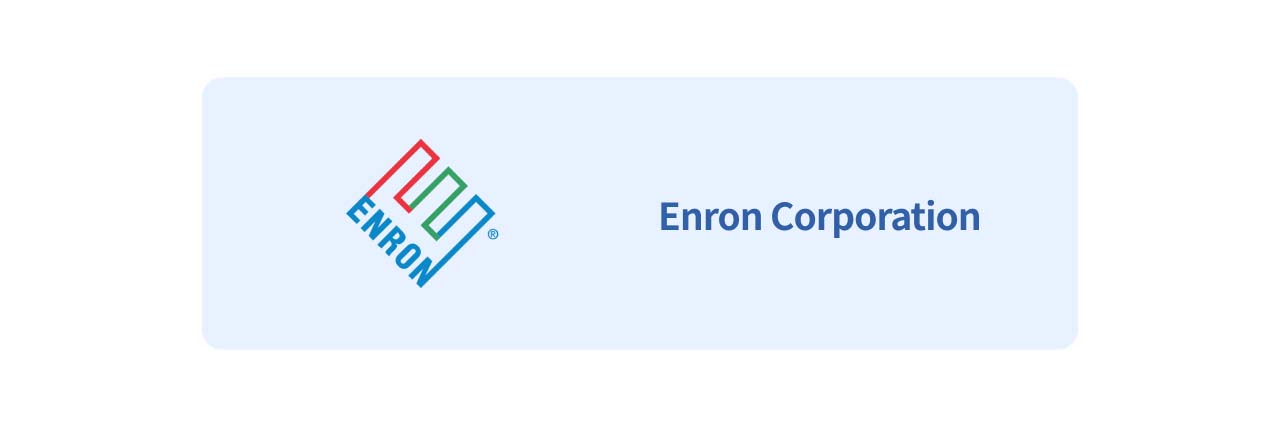Introduction to Enron

Enron was a Texas-based energy company founded in 1985 by Kenneth Lay. Initially, the company focused on the energy sector, but in the 1990s, it diversified into electricity, natural gas, pulp and paper, and traded energy-related derivatives. Enron was once named the most innovative company in the U.S. by Fortune magazine for six consecutive years.
The Beginning of Financial Manipulation
Changing Accounting Standards
As Enron's business grew and became more complex, the company began using "mark-to-market" accounting principles. This shift significantly impacted its financial statements, allowing Enron more flexibility to report favorable figures, which bolstered investor confidence in the company’s financial health.
Mark-to-Market Accounting vs. Historical Cost Accounting
| Mark-to-Market Accounting | Historical Cost Accounting |
|---|---|
| Uses current market value to evaluate assets and liabilities | Values assets based on original purchase cost, adjusted for depreciation or amortization over time |
- Mark-to-Market Accounting: Also known as Fair Value Accounting, this method records certain assets and liabilities based on their current market value, reflecting how much they could be bought or sold for in the current market.
- Historical Cost Accounting: This method records assets at their original cost, with values adjusted over time through depreciation or amortization, reflecting gradual changes in value rather than current market conditions.
Creating Subsidiaries
In addition to changing accounting methods, Enron also created multiple Special Purpose Entities (SPEs) to transfer assets and liabilities.
Special Purpose Entities (SPEs) are legally and financially separate entities from the parent company, often set up for specific financial or operational purposes. In certain cases, SPEs can file independent financial statements if the parent company does not hold enough control over the subsidiary.
By establishing numerous SPEs, Enron transferred unfavorable assets and liabilities off its balance sheet, improving the appearance of its own financial statements. At the time, accounting rules allowed parent companies to exclude SPEs from their consolidated financial statements if external investors held at least 3% of the SPE's equity and assumed risk. Enron exploited this loophole to mask its financial troubles and avoid regulatory scrutiny.
The Enron Scandal Unfolds
Starting in 1999, Enron used the aforementioned tactics to remove bad assets from its books, boosting its stock price. Ironically, Enron’s CFO, Andrew Fastow, was named CFO of the Year by CFO Magazine during this time.
In 2001, Enron's financial situation came under scrutiny. The company announced a significant drop in earnings, raising suspicions about its accounting practices. As doubts grew, Enron restated its financial statements for the past four years in November and filed for bankruptcy one month later. The subsequent investigations and legal proceedings continued until 2006.
Aftermath of the Enron Scandal
Changes in Regulations and Accounting Standards
In response to the Enron scandal, the U.S. Congress passed the Sarbanes-Oxley Act of 2002 (SOX). Key provisions of the act include the establishment of independent oversight for corporate accounting, increased transparency in financial reporting, enhanced independence of financial audits, harsher penalties for accounting fraud (e.g., destruction of key financial documents), and heightened criminal accountability for senior executives regarding financial statements.
Additionally, both the International Financial Reporting Standards (IFRS) and U.S. Generally Accepted Accounting Principles (GAAP) were revised after the Enron case. The new rules require parent companies to consolidate financial statements if they have substantive control over a subsidiary, regardless of the external ownership stake. These changes aim to prevent the possible misuse of SPEs to conceal financial risks and manipulate financial statements.
